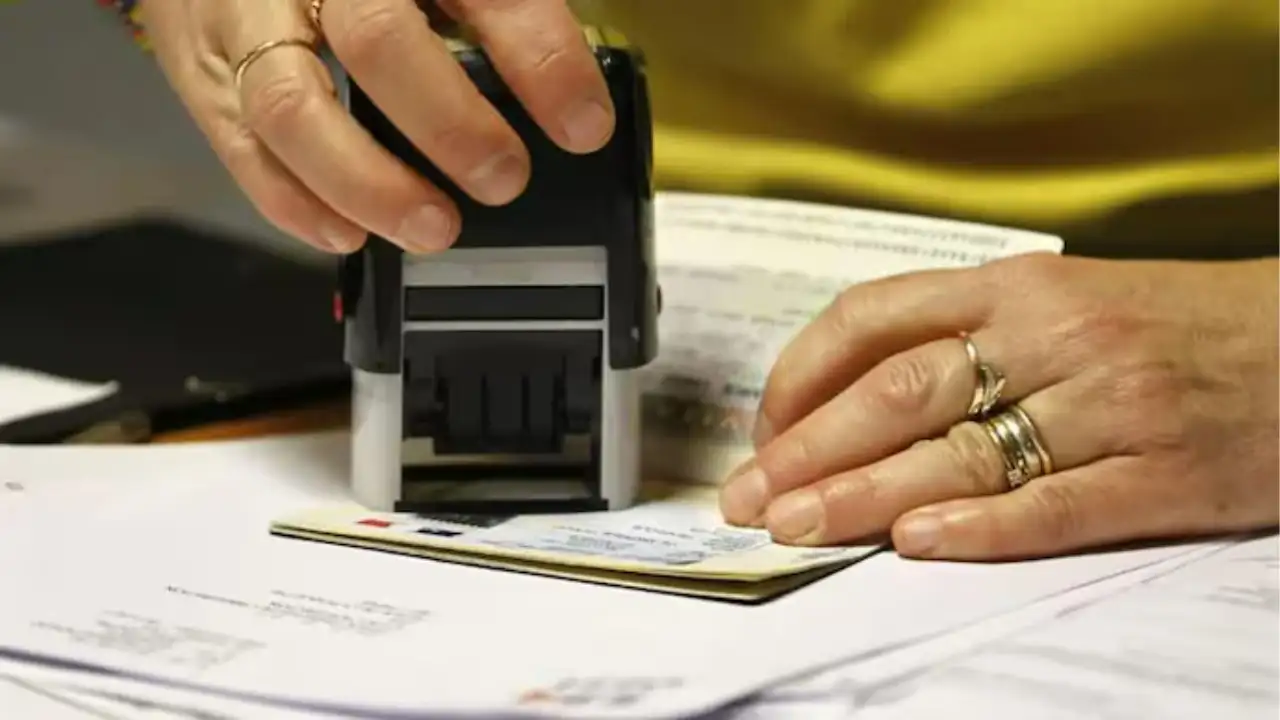Copyright Forbes

As AI-generated deepfakes and synthetic content become more realistic and widespread, the risks to corporate reputation, brand trust and stakeholder confidence are growing. For communications leaders, preparing executives and other spokespeople to navigate this new media reality is now essential to stay ahead of misinformation and protect brand credibility. From rapid-response protocols to verified-content hubs and authenticity training, proactive preparation can make the difference between mere damage control and genuine resilience. To help, 14 members of Forbes Communications Council share their best strategies for equipping leaders to handle misinformation and protect credibility in the age of AI-driven media. 1. Train Executives In Real-Time Media Literacy Comms leaders should be training executives on real-time media literacy and rapid-response protocols so they can quickly recognize, address and counter deepfakes or synthetic content before it damages trust. This is crucial because speed and credibility are everything in a fast-moving media environment. - Luciana Cemerka, TP 2. Run Deepfake Drills To Build C-Suite Readiness The most important thing we can do is move our deepfake preparation from a theoretical plan to a practical drill run regularly with the C-suite. The ultimate goal is building muscle memory. When a fake drops, this training replaces panic with a calm protocol: Verify the content, issue a holding statement and speak with one voice. This practice ensures a swift response in the critical minutes. - Jamie Elkaleh, Bitget Wallet Forbes Communications Council is an invitation-only community for executives in successful public relations, media strategy, creative and advertising agencies. Do I qualify? 3. Strengthen Credibility Through Consistent, Authentic Messaging Communications leaders should prepare executives by fostering consistent, regular and authentic communication with meaningful, differentiated content. They should also train rapid response and reaction capabilities. In the era of deepfakes, trust and credibility are the strongest defense mechanisms. Familiar and trusted voices help audiences to distinguish authentic messages from synthetic noise. - Svetlana Stavreva 4. Teach Executives To Verify And Respond Quickly Prepare executives to verify in real time. Timestamp and date-stamp remarks, hold up that day’s newspaper and direct audiences to official channels. Train executives to call out fakes immediately, push back firmly and never let silence hand the narrative to impostors. - Marie O'Riordan 5. Create Proactive Plans To Combat Misinformation Comms leaders must address processes for dealing with misinformation as part of their critical response plan. This plan should also include education for all spokespeople about the importance of verifying statements using multiple credible sources before speaking publicly. The single best way to prevent the spread of misinformation is by having a proactive plan to address it before it happens. - Jennifer Best, AmICredible 6. Establish A Verified Hub For Official Statements Record “clean” voice and video baselines for each spokesperson and launch an official statements hub where every video, quote and press note is time-stamped, watermarked and signed. Train execs with deepfake drills to always point media to this hub. When a fake surfaces, you can verify fast, issue a confident denial and give reporters a single, trusted source of truth. - Sanel Mezbur, Arkenstone 7. Develop And Rehearse A Verified-Content Protocol Stand up and rehearse a verified-content protocol. Cryptographically sign all audio and video; publish a “trust portal” listing your domains, handles and watermark policy; give execs a single verification backchannel; require call-back verification for media requests; monitor for look-alikes and run quarterly simulations. When a deepfake lands, you can prove what’s real fast and coordinate takedowns. - Hope Frank, Gathid | Gathered Identities 8. Build Trust Through Transparency And Authentic Leadership Comms leaders should train executives to anchor every message in authenticity. In a world of deepfakes and synthetic content, credibility is the safeguard. Preparation means building clear, consistent narratives and teaching leaders to communicate with transparency and humanity. When audiences trust the voice and the values behind it, false content loses its power. - Joshua Stratton, Against The Current 9. Educate Leaders On AI's Growing Online Influence One important thing that comms leaders can do to prepare their execs and spokespeople is to educate them on the ways that AI is showing up online and how to deal with it. For example, many public companies have AI-generated articles produced about them. On social media, a lot of the content and comments are AI-generated. Often, it's best to ignore these and push out real news and results. - Tom Treanor, Oculus Strategies 10. Prepare Leaders To Act Fast When Truth Is Threatened Crises must be treated as both commercial and narrative. Marketing and communications must co-lead by ensuring systems, processes and teams are in place to predict and detect disruption, validate truth and guide response. Deepfakes and AI content can erode reputation, brand equity, public trust and sales. Prepare leaders to act fast and with authority when trust and truth are under attack. - Toby Wong, Toby Wong Consulting 11. Coach Executives To Manage Deepfakes Without Amplifying Them One overlooked step is coaching executives to build digital resilience by learning how to acknowledge deepfakes without amplifying them. Overreacting can give false content more reach. By rehearsing calm, measured responses and directing stakeholders to verified channels, leaders protect their credibility while denying fake information the oxygen it needs to spread. - Katie Jewett, UPRAISE Marketing + Public Relations 12. Build A Deepfake Response Playbook For Executives Build a deepfake response playbook and train executives on media authentication protocols. Preparing spokespeople to respond swiftly and credibly is no longer optional; it’s essential. The key would be real-time media verification, executive impersonation monitoring and training simulations to prepare leaders for synthetic media threats. - Anshuman Dutta, Cognizant 13. Adopt Verification Protocols To Challenge Synthetic Content Adopt proactive verification and immediate response protocols. Train spokespeople to assume that any unverified clip is a potential fake. This strategy shifts the burden of proof to the content itself, not the spokesperson. Instead of debating the clip's authenticity, the spokesperson can state, "This is an unverified piece of content. Our official statement will only come from our verified channels." - Patrick Ward, NanoGlobals 14. Combine Crisis Simulations With Rigorous Verification Training



